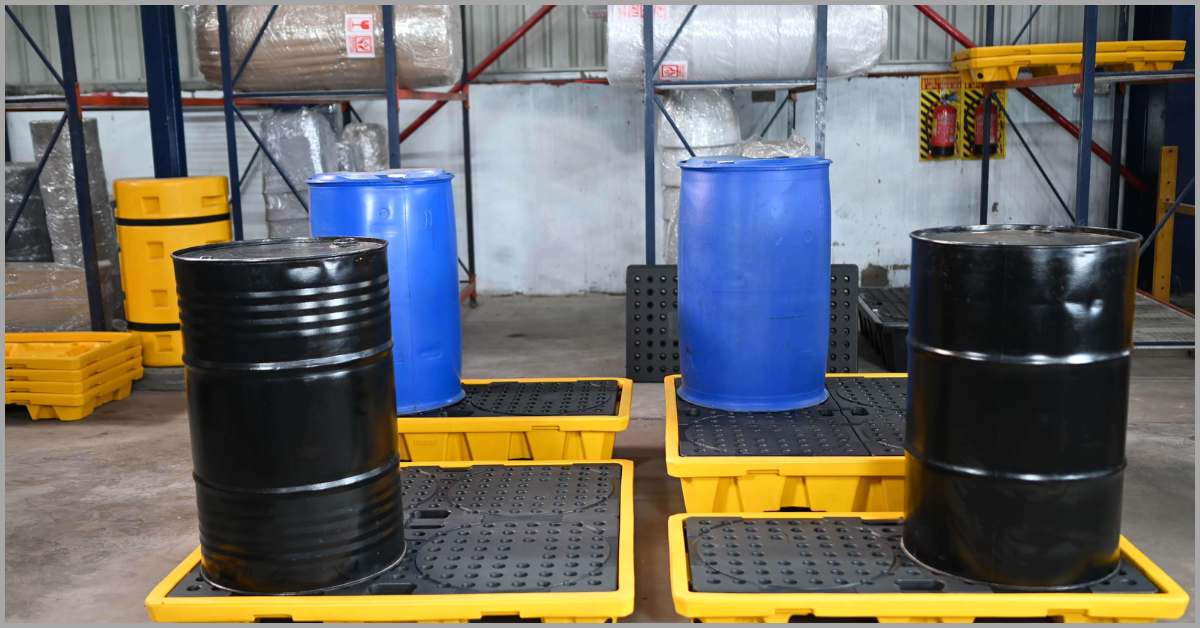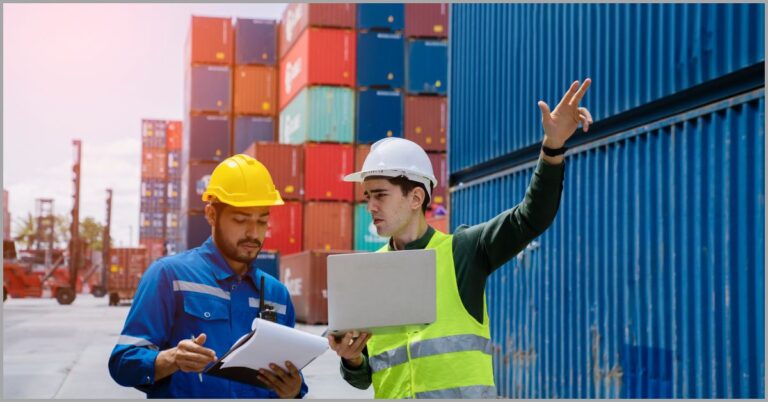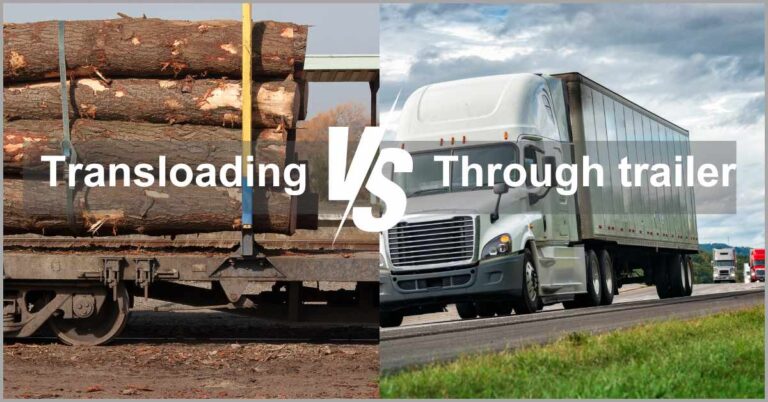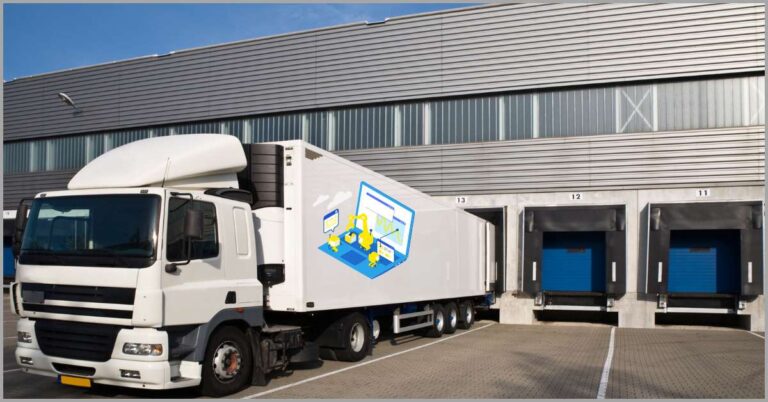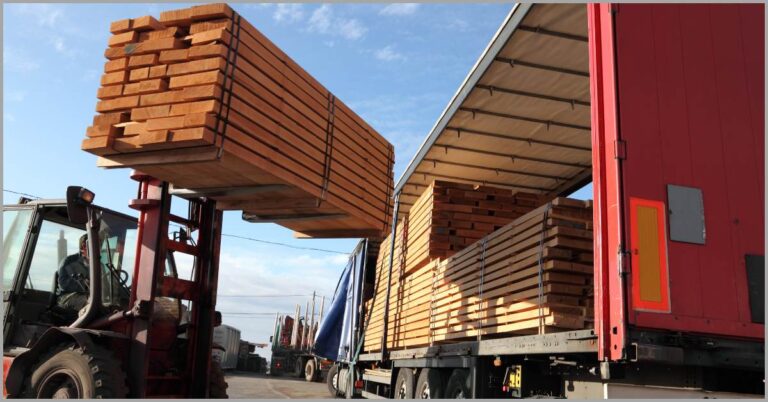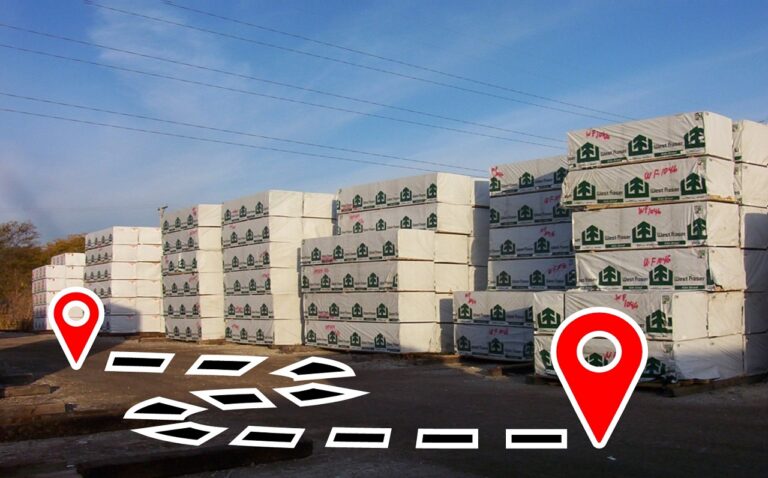What is Transloading Spill Containment? Ultimate Guide to Safer Operations in 2024
Are you aware of your spill containment obligations?
If you offer rail transload shipping for oil, you’re bound by spill containment regulations.
Violating transloading spill containment rules can land your business in trouble, leading to severe consequences including license suspensions and fines.
A survey by Statista revealed that 32% of logistics businesses struggle with compliance. Many of these struggles largely stem from ignorance.
If you’d like to run a compliant-friendly transload shipping business, you’ll need to learn about the transloading spill containment requirements of your business so that you can make adequate adjustments and toe the line.
This is what we’ll focus on today as we also go over creating an effective spill response plan that will help you reduce business risk and increase transloading success.
If you’d like to learn about tools that make your operations safer & more efficient, check out this article I wrote on the best transloading equipment for boosting productivity.
In this article, we’ll discuss what transloading spill containment is in this ultimate guide to safer operations in 2024 that’ll help you improve regulatory compliance.
Let’s get started.
What is transloading spill containment?
So what is spill containment during transloading?
It refers to taking measures to prevent a spill, typically of oil, from spreading if it leaks when you’re loading or unloading cargo between rail and truck tankers.
Besides regulatory non-compliance, failing to contain your spills can also lead to environmental pollution and increase the risk of onsite worker injuries.
The excess oil can work its way into waterways, and even increase the slipperiness of your dock or yard, inviting the risk of trips and falls. So failing to contain spills attracts numerous hazards that can even lead to a fatality for your transloading facility.
It is precisely for this reason that bodies such as the US EPA and OSHA have come up with transloading spill containment requirements for businesses.
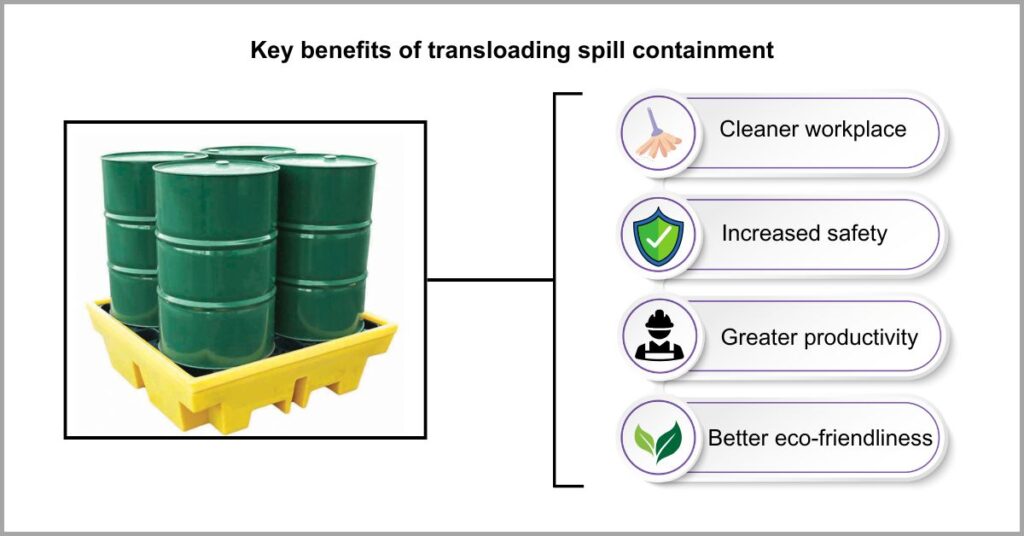
These dictate the measures you need to put in place to ensure safer transloading operations, particularly when you’re handling and transloading oil and its related products, although they may also apply to other bulk commodities.
They stipulate what containment measures you need to put in place and the steps you’re supposed to take in response to an oil spill, among other things.
I recommend using a transload management software to track the movement of chemicals, oils and other hazardous materials that have high spill risks.
Click here to start your free transloads.co trial to get detailed inventory tracking. With our software, you can monitor yard assets and equipment and even digitize a spill containment response plan that tells your workers what to do during a spill event.
Determining whether you’re bound by containment rules
Are containment rules applicable to your facility?
The US EPA and OSHA drafted the Spill Prevention, Control and Countermeasure (SPCC) regulatory framework. It serves primarily to ensure that you don’t illegally discharge oil into water bodies.
During transloading, accidental spills of oils and chemicals can occur, and these leaks can easily find their way into adjoining shorelines to pollute water.
A study by the United Nations found that 60% of water bodies have good quality water. However, the remainder, i.e. 40%, have severely polluted water, a situation that spills from industrial and transloading facilities has aggravated.
This is why the SPCC rules were created to minimize the risk of water contamination. That said, not all transload service companies are governed by the SPCC.
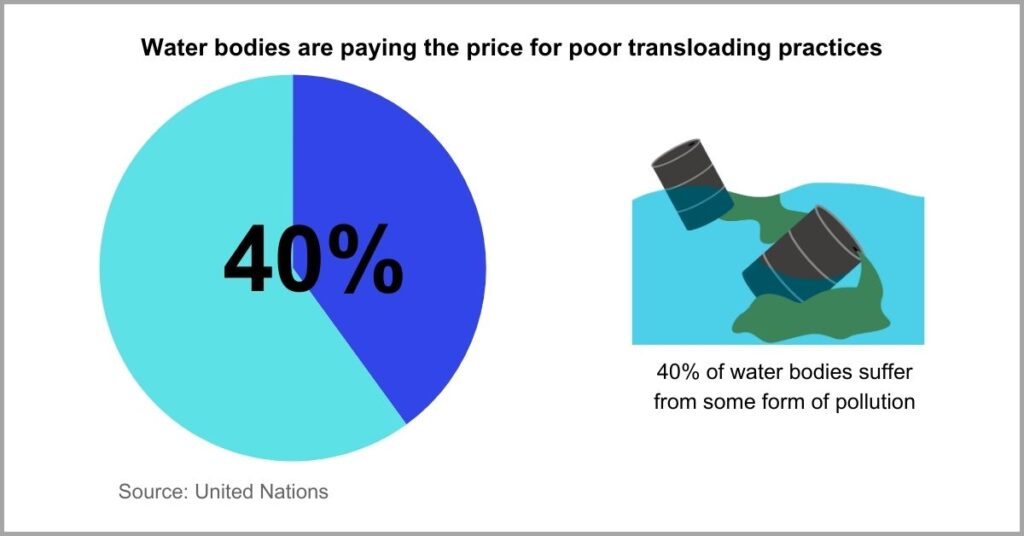
For the rules to apply, you should be dealing with the use of oil, which entails both the transfer and storage of large quantities of oil or oil products. This includes commodities such as crop oil, vegetable oil, diesel fuel, and gasoline, among others.
So if you offer butane transload shipping services, for example, you’re required to follow SPCC rules. You’re also bound by this regulation if the total volume of all above ground containers storing the oil exceeds 1,320 US gallons.
Alternatively, it also applies if you store 42,000 gallons or more in buried containers.
You’re also required to follow SPCC rules if, in addition to the two requirements, there’s also a risk of oil being discharged into adjoining shorelines like streams, rivers and lakes or navigable waters of the United States.
Transloading spill containment rules for your facility
I. SPCC plan
The US EPA requires that you draft an SPCC plan.
This is essentially an oil spill prevention strategy, which assesses potential sources of spillage in your transloading facility.
Without an SPCC plan, you may fail to satisfactorily address oil spill risks, resulting in a reactive rather than a proactive approach to containing spills.
It is for this reason transload service companies that are eligible for SPCC rules as we discussed earlier are required to develop a written SPCC plan.
But it’s not just about creating one for your transloading facility.
The US EPA requires that you strictly enforce and implement your oil prevention plan to ensure that your workers, shippers, carriers and other supply chain partners follow and abide by these rules at all times.
Besides ensuring that it’s strictly implemented, transloading spill containment rules also mandate that you continually adjust and update your oil prevention plan in accordance with regulatory updates to maintain continuous compliance.
II. Reporting oil spills
Did you know that you need to report oil spills?
The SPCC requires that you report spills to the EPA’s regional administrator, according to stipulations found in the §112.4 section of the spill containment rules.
Failing to report oil spills to the Environment Protection Agency counts as a violation of the SPCC laws and can lead to hefty fines and other penalties.
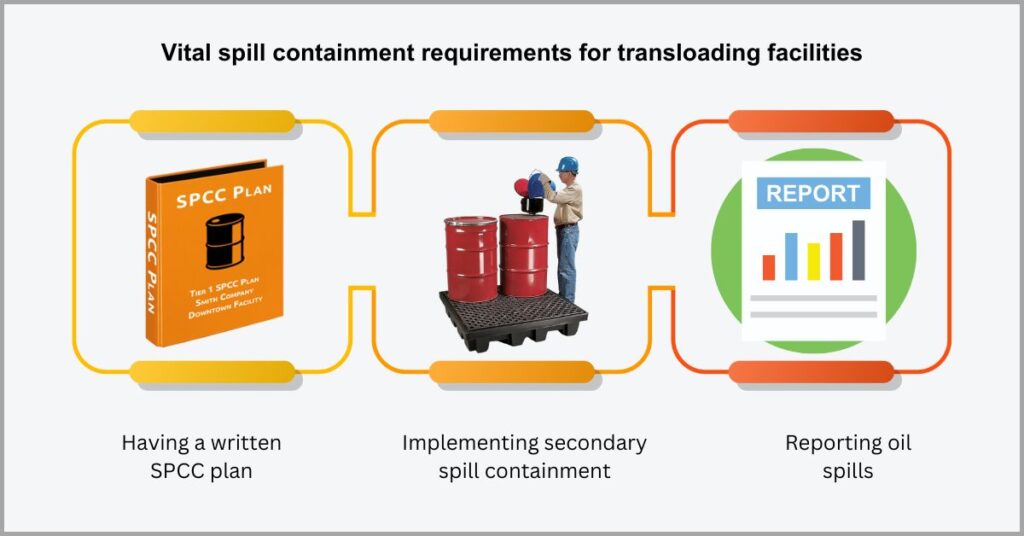
If your transload or intermodal shipping facility released more than 1,000 gallons of oil in a single discharge into adjoining shorelines or navigable waters, you’ll need to report it.
Alternatively, if within a 12 month period, you’ve released two discharges each of at least 42 gallons into adjoining shorelines or navigable waters, then you’ll also need to submit a report.
It’s important to note that both the amounts we’ve discussed refers not to the total amount of oil you’ve discharged but the actual amount that may reach water bodies.
III. Secondary spill containment
You’re also subject to secondary containment rules.
While the SPCC doesn’t stipulate which devices or strategies to use, it requires that you implement proactive measures for containing oil spills if they occur.
Moreover, your secondary spill containment measures need to match the standards of acceptable & good engineering practices to avoid non-compliance.
A professional engineer or regional EPA inspector will typically examine your secondary containment systems. They’ll give your transload freight shipping service a clean bill of health if it matches the said standards.
In particular, federal laws have specific transloading spill containment requirements.
They require that your secondary containment system should accommodate at least 10% of the total volume of the primary containers, or 100% of the capacity of your largest container.
You should go with whichever of the above volumes is larger. That said, I must point out that individual municipalities and states may have different volume requirements too.
Tips to ensure transloading spill containment compliance
1. Draft a spill containment plan
Why is a spill containment plan important?
For one, it can help you identify and document all potential spill sources in your transloading facility, including both storage facilities and equipment you use.
Without a great spill prevention plan, spill threats can go unnoticed, thereby increasing business risk & making it hard to create effective countermeasures.
A survey by APICS discovered that 39% of supply chain leaders said their organizations don’t have a risk management plan. This included a lack of documented strategies for handling high risk events such as oil spills, carrier unavailability and rising fuel costs.
As a result, many of them faced huge regulatory compliance disputes that resulted in fines worth thousands of dollars.

So drafting a spill containment is therefore important.
Some of the essential components of your SPCC plan include the specification of oil storage locations and the layout of your facility. What’s more, it should also include the contact information of your key spill management personnel.
All this information can help lower your business’s risk by ensuring that emergency responders have the knowledge they need to counteract spill situations effectively.
Click here to get our premium support services if you’d like to learn more about transloading spill containment requirements for your facility.
Having worked with experienced transloaders across the US, we can advise on your compliance obligations and also help you improve efficiency for your transload yard.
2. Upskill your staff
Your staff can also be a massive compliance liability.
If they fail to handle liquid bulk and hazardous materials that you transload accordingly or perhaps even fail to report oil spills, this can attract regulatory trouble.
With SPCC requirements subject to change, it’s also crucial to implement a continuous compliance strategy to avoid sticking with outdated practices.
A study by Drata established that 9 in 10 business leaders plan to implement a continuous compliance program for their companies. This plan also entailed regularly providing updated training materials to ensure staff keep up with compliance laws.
I recommend implementing a similar strategy, especially when it comes to upskilling transload operators in spill containment and safety best practices overall.
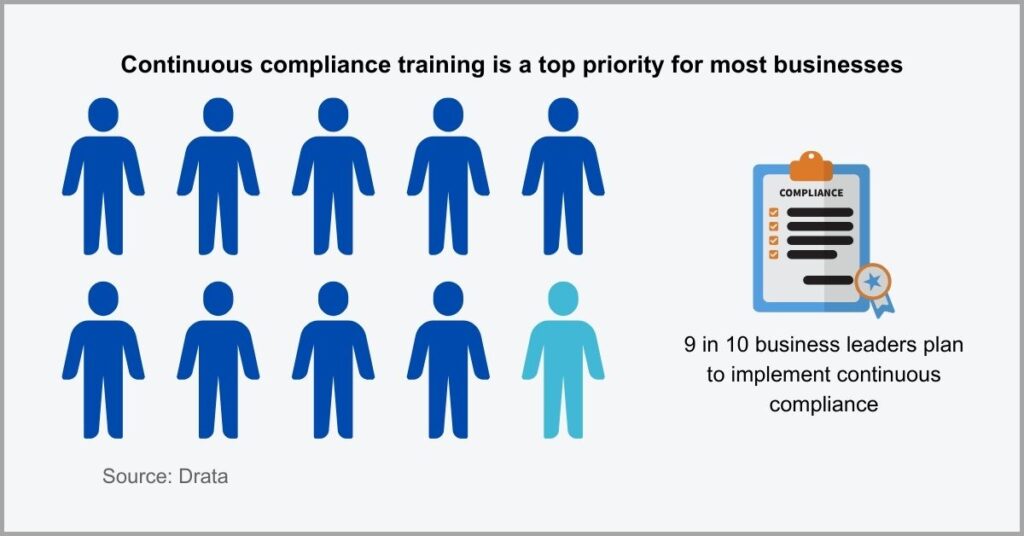
So what skills are important to improve SPCC compliance?
At the very least, your employees need to be familiar with the best practices for using spill kits, decontamination procedures, and personal protective equipment to wear when transloading oil tankers.
In order to overcome key transloading challenges such as non-compliance and accidents, it also pays to have dedicated spill containment personnel in place.
While it’s important that all your transload operators be familiar with transloading spill containment best practices for spill containment, prevention and response, having dedicated staff can help you create a sustainable risk culture.
That said, you should also regularly review and update training materials regularly in line with new technologies and changing SPCC compliance regulations.
3. Digitize your spill history
How do you document spill incidents?
One of the most commonplace tactics is to create a physical record that details the spill incident, and bind these files into a folder that you store in a dedicated filing cabinet.
However, documenting your spill history on paper records is risky because files can easily get lost, consequently affecting the integrity of your spill data.
A survey by S&P Global revealed that 67% of logistic firms have a digital transformation strategy in place. They plan to use it to digitize important shipping documents to improve efficiency and regulatory compliance.
I recommend taking your transloading spill containment strategy digital as well to make regulatory compliance more effortless.
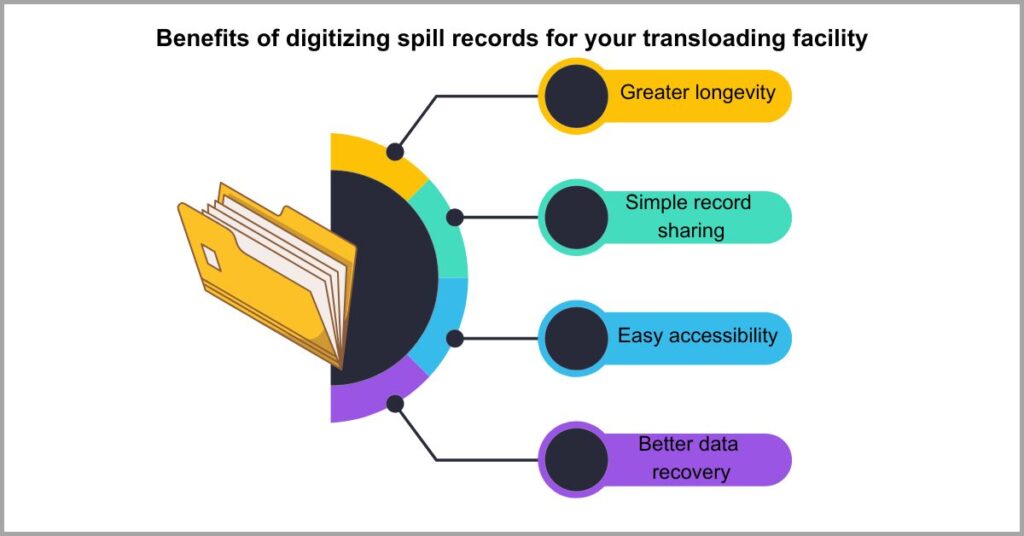
When you digitize and standardize your spill reports, it becomes much easier for your facility to comply with the SPCC’s spill reporting regulation requirements.
But it’s not just about documenting EPA and OSHA reportable spills.
I recommend documenting every spill that occurs at your transload facility, which can help you identify and put measures in place to solve recurring spill issues. Overall, a great transload management system can be a big help in this regard.
Click here to start your free transloads.co to use our software to digitize important transloading documents.
With our platform, you can even create and use templates for iterative reporting tasks, allowing you to standardize the recording of important data to improve efficiency.
4. Leverage the right equipment
There are several spill containment tools available.
However, not every one of them is ideal because they may not meet the SPCC rules we discussed earlier about the minimal volumes it should accommodate.
Additionally, OSHA also has spill kit containment rules that you need to also keep in mind to avoid wasting financial resources on the wrong technologies.
A survey by McKinsey established that 93% of logistic companies aim to increase their equipment investments. One huge contributor to this trend is the need to toe the line with transloading spill containment requirements and various other industry regulations.
A great example of spill containment devices you could use to improve transloading spill containment compliance is a spill pallet.
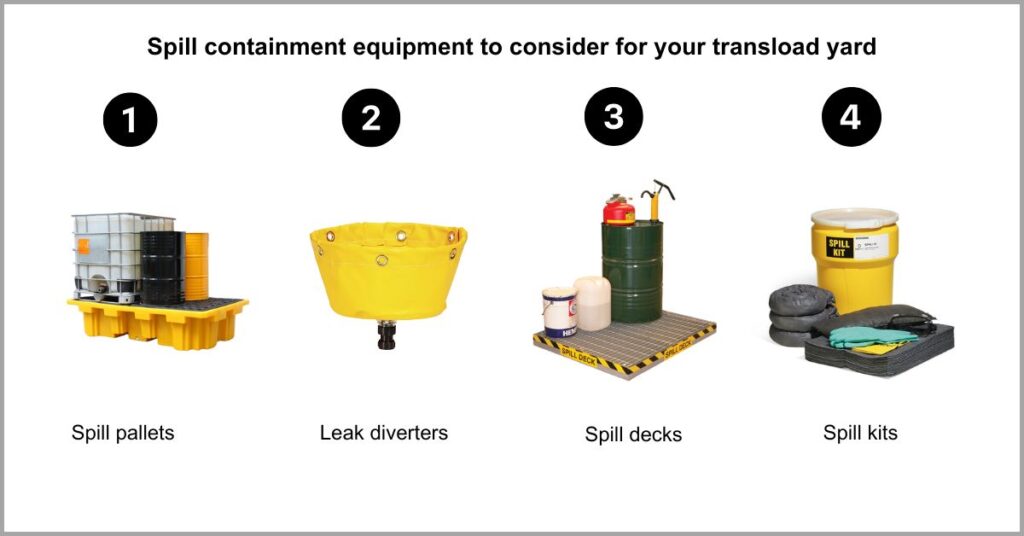
This is a special type of pallet that slides underneath oil drums and other containers that hold liquid bulk material.
These pallets help you contain the spill at the source, ensuring that the hazardous material doesn’t spread or even touch the ground of the storage area.
Additionally, other important transloading equipment you should look into are spill trays. They work in similar fashion to spill pallets and leak diverters which can help you redirect spills to your secondary spill containment units.
It’s important to note that you can choose between specialized spill equipment such as oil-only kits and general-purpose kits. If you transload different types of commodities beyond oil such as industrial chemicals, I recommend general-purpose solutions.
5. Perform routine inspections
Do you carry out routine inspections at your facility?
It’s necessary to regularly examine the piping around your facility as well as tankage and secondary containment areas to ensure that you don’t catch oil leaks very late.
Aside from limiting the severity of spills, frequent inspections are necessary to ensure you don’t get surprised by impromptu facility inspections by OSHA.
A ResearchGate study established that 47% of OSHA inspections were programmed in 2021. In other words, this regulatory body carried out most of their inspections out of the blues, catching many facilities with several mild to severe violations.
So it’s always important to be prepared, which is why periodic inspections are vital.
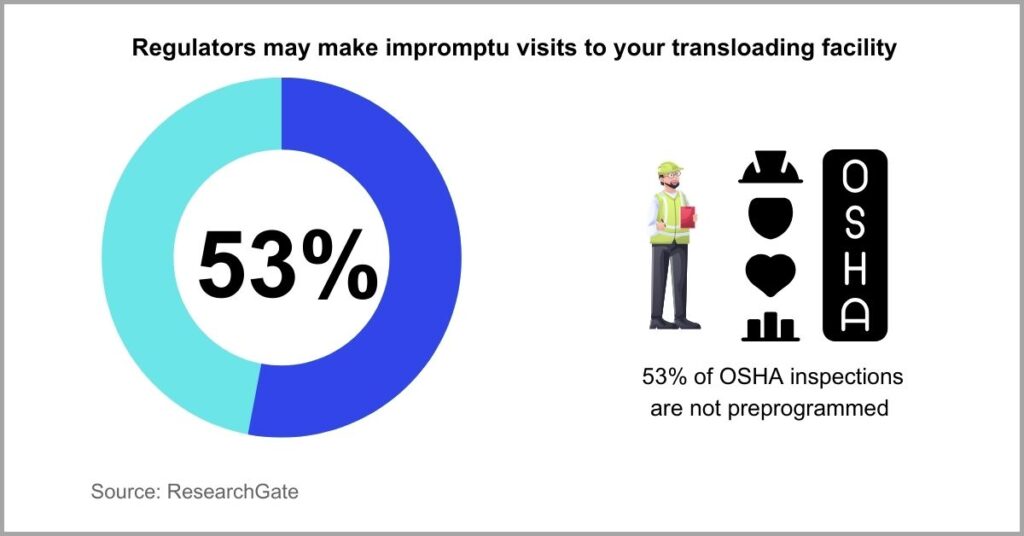
By regularly inspecting storage areas and spill countermeasures, you can meet your transloading spill containment requirements. In particular, it can help you ensure that your secondary containment systems match SPCC and even OSHA standards.
That said, your rail to truck transloading services should create an inspection checklist. This rescind should capture the latest state of car seals and catch pans used for transfers and document how often transfer lines are cleaned and flushed.
It should also assess safety practices you’ve implemented to guard against inclement weather that can raise the risk of spills during your transloading processes.
On top of that, you’ll also want to check the structural integrity of structures that support tank storage units and secondary storage systems to enable timely repairs.
Conclusion
Poor spill containment can result in hefty losses.
Beyond fines, it may create a negative brand image for your transloading business.
With customers today prioritizing sustainable transloading services, you can easily lose clients if you come off as a business that isn’t eco-friendly.
In fact, a Propel Software survey discovered that 55% of customers would ditch a business if they realized it wasn’t eco-friendly. So, aside from regulatory compliance, your transloading business’s revenue is also on the line.
With the transloading spill containment requirements and best practices we’ve discussed, you can now create a more eco-friendly transloading business. Another strategy that can help you achieve this is investing in transloading technologies.
Click here to start your free transloads.co trial to use our software to improve spill containment.
Our platform enables you to track yard assets like oil drums and digitize your spill response plan and safety manuals to ensure more sustainable transloading operations.

